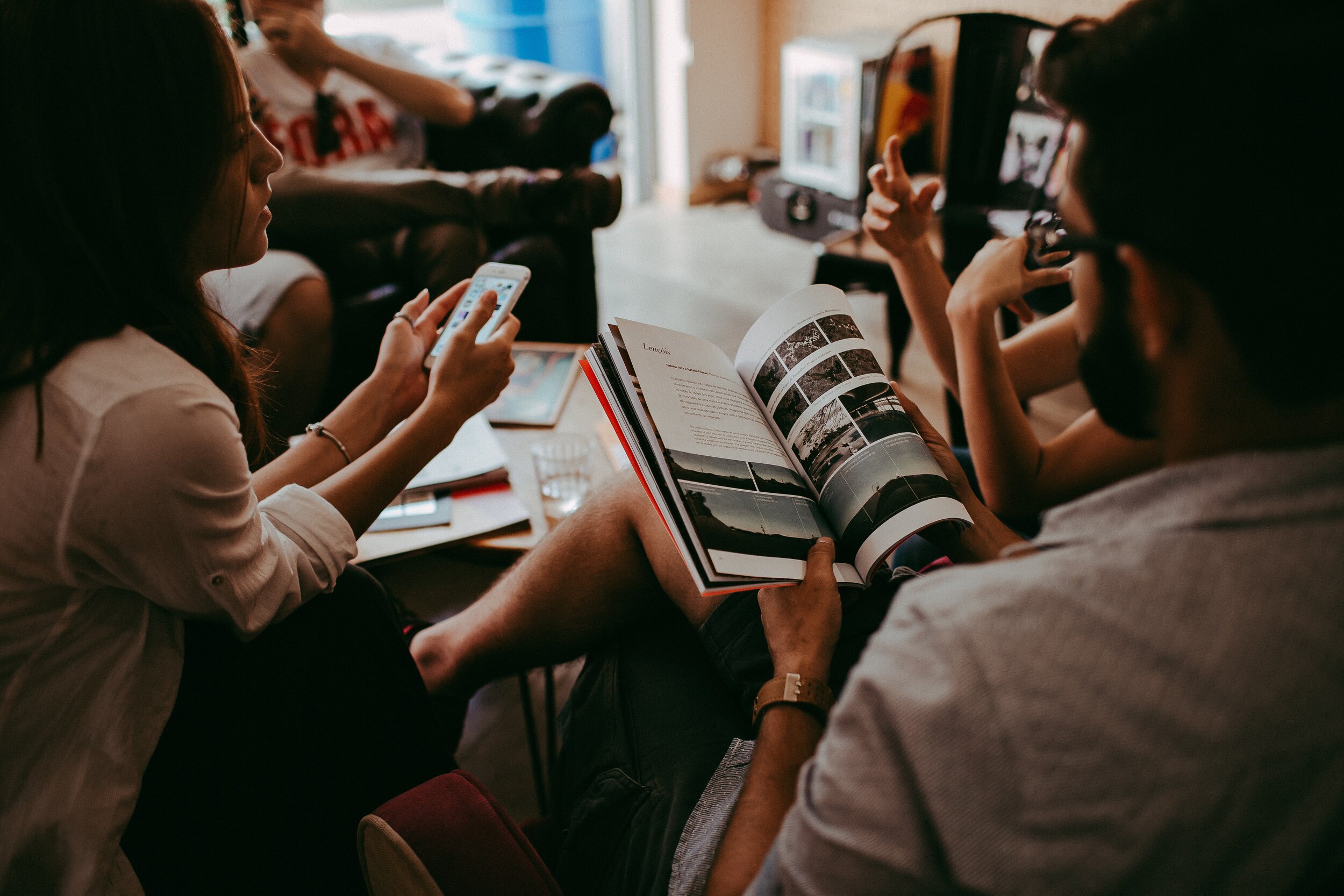
What are we reading?
1. We do not present this reading list as either complete, nor as representative of all of the things one should read to learn about anti-racism, justice, and equity in schooling. Nor do we present the list without critiquing the scholars and ideas that are present within. Rather, we hope that we all can come together in conversation to continue to draw on the scholars who are writing about race and racism and whose ideas, particularly when combined with our united action, will continue to push us to move forward in the fight toward justice in education.
2. Reading, on its own, is not enough. We must read, and we must use our newfound information to act.
-

Unearthing Joy (2023) by Gholdy Muhammad
Includes a step-by-step process for designing curriculum
“Schools must not only create a joyful ethos, but also sustain it to activate the human spirit.” p. 10.
-

Rise Up! how you can join the fight against White Supremacy (2021) by Crystal Fleming
Five steps for creating antiracist change
Make a Lifelong commitment to antiracism.
Build relationships across racial and ethnic lines.
Speak up against racist ideas, images, and behavior.
Support intersectional justice.
Get political!
-

Ratchetdemic: Reimagining Academic Success (2021) by Christopher Emdin
“The world continues to chase normal by ignoring the pain of many while justifying the callousness by highlighting the successes of a few.” p. 14
“Now, to operate fully in the world, we must reveal our hurt, understand the ways that it has burrowed deep within us, and heal.” p. 219
-
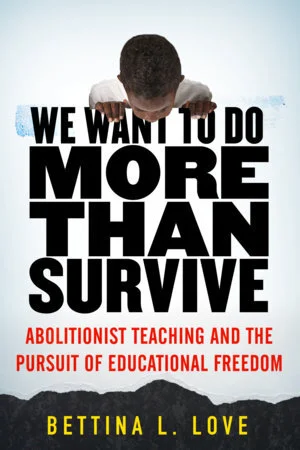
We Want to Do More than Survive (2019) by Bettina Love
“This book is about mattering, surviving, resisting, thriving, healing, imagining, freedom, love, and joy: all elements of abolitionist work and teaching.” - p.2
“Abolitionist teaching is built on the creativity, imagination, boldness, ingenuity, and rebellious spirit and methods of abolitionists to demand and fight for an education system where all students are thriving, not simply surviving.” - p. 11
“No type of pedagogy, however, effective, can single-handedly remove the barriers, racism, discrimination, homophobia, segregation, Islamaphobia, homelessness, access to college, and concentrated poverty, but antiracist pedagogy combined with grassroots organizing can prepare students and their families to demand the impossible in the fight for eradicating these persistent and structural barriers.” -p. 19
“Abolitionist teaching is as much about tearing down old structures and ways of thinking as it is about forming new ideas, new forms of social interactions, new ways to be inclusive, new ways to discuss inequality and distribute wealth and resources, new ways to resist, new ways to agitate, new ways to maintain order and safety…” p. 88
-

Other People’s Children Cultural Conflict in the Classroom (2006) Delpit
“It seems likely that restructuring classes so as to build upon students’ past experiences would appear to assist all potential teachers…. But the benefits of “story sharing” go beyond developing individual competencies or a sense of well-being.” p.125-126
-

White Fragility (2018) by Robin Di’Angelo
“Individual whites may be ‘against’ racism, but they still benefit from a system that privileges whites as a group. David Wellman succinctly summarizes racism as ‘a system of advantage based on race.’ These advantages are referred to as white privilege …” p. 24
“Whites control all major institutions of society and set the policies and practices that others must live by.” p. 27
“The terms refers to all the ways, both literally and metaphorically, that white fragility manifests itself through white people’s laments over how hard racism is on us.” p. 131
-

THICK and Other Essays (2019) by Tressie McMillan Cottom
“Black girls relationship have not, for most of my understanding of our history in this nation, had the most power to cause those kinds of problems.” (p. 10)
“…beauty is the preferences that reproduce the existing social order.” (p.44)
“I have to call a thing a thing period and sometimes, when we are trapped in their race not to be complicit in our own oppression, self-definition masquerades as a notion of loving our black selves in white terms.” (p. 60)
“I love black woman too much to ever wish for us another part time job. I have been clear. I wanted a full-time, flat-out sinecure with a black woman in it.” (p. 207)
“It is at the heart of my research: black women are rational and human. Working from that assumption, I work my way analytically through political theory, economics, history, sociology, and culture. It rarely fails me.” (p.221)
-
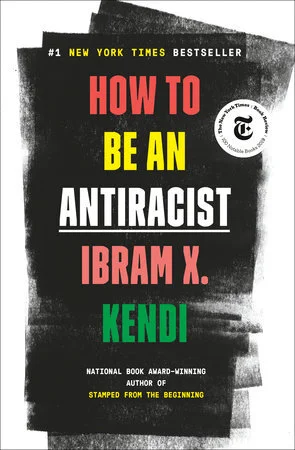
How To Be Anti-Racist (2019) by Ibram X Kendi
“There is no such thing as a non racist or race-neutral policy. Every policy in every institution in every community in every nation is producing or sustaining either racial inequity or equity between racial groups.” -p. 18
“…if we stop using racial categories, then we will not be able to identify racial inequity. If we cannot identify racial inequity, then we will not be able to identify racist policies. If we cannot identify racist policies, then we cannot challenge racist p9olisices. If we cannot challenge racist policies, then racist tower’s final solution will be achieved: a world of inequity none of us can see, let alone resist.” - p. 54
-

How to Be Less Stupid about Race (2018) by Crystal M. Fleming
“When social scientists describe racism as “systemic,” we’re referring to collective practices and representations that disadvantage categories of human beings on the basis of their perceived “race.” -p. 12
“[A]ntiracists are not “nonracist” people. Rather, antiracists are people of any racial or ethic background who take a personal, active role in challenging systemic racism… White supremacy is the social, political, and economic dominance of people socially defined as “white.” “ -p. 14
“The underrepresentation of white violence, white perpetrators, and white crime (past and present) means that generation after generation have been socialized to disassociate whiteness from negative traits.” —p.149
-
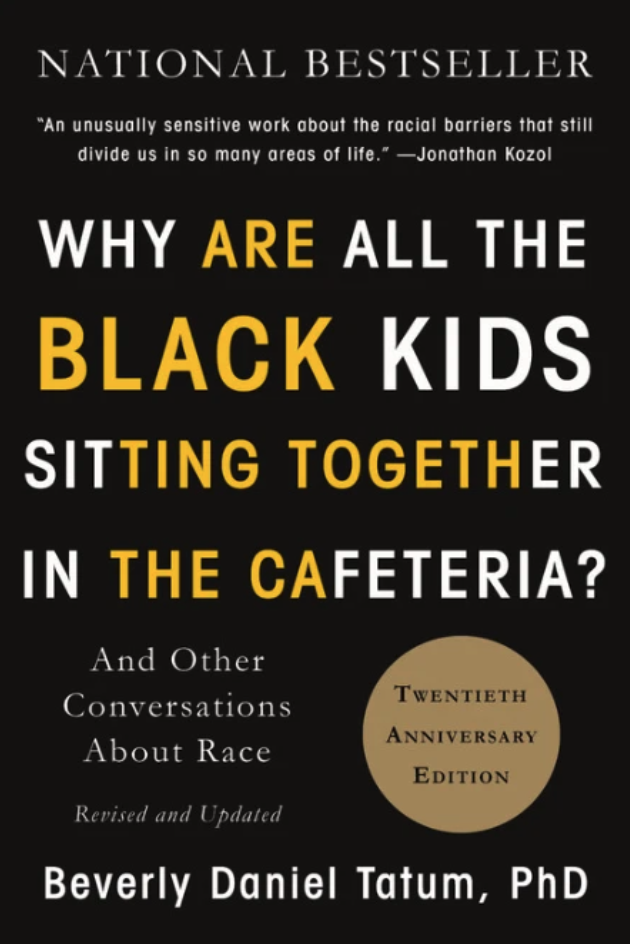
Why Are All the Black Kids Sitting Together in the Cafeteria? (1997) By Beverly Tatum
“James Baldwin wrote, ‘Not everything that is faced can be changed. But nothing can be changed until it is faced.’ Talking about racism is an essential part of facing racism and changing it. But it is not the only part. I am painfully aware that people of color have been talking about racism for a long time. Many people of color are tired of talking, frustrated that talk has not led to enough constructive action or meaningful social change.” p. 78-79
“Children can learn to question whether demeaning or derogatory depictions of other people are stereotypes. When reading books or watching television, they can learn to ask who is doing what in the story line and why, who is in the role of leader and who is taking the orders, who or what is the problem and who is solving it, and who has been left out of the story altogether.” p. 128
“If you are a parent, what conversations have you had with your children about these issues? What books are sitting on their bookshelves? Do you know what discussions are taking place at your child’s school? If you are a teacher, what dialogue is taking place in your classroom? Regardless of your subject matter, there are ways to engage students in critical thinking about racism that are relevant to your discipline.” p. 341
-

Toward What Justice? Describing Diverse Dreams of Justice in Education (2018) Edited by Tuck & Yang
“What if we resisted the meaning of justice in education in such a way that demanded a reckoning with uses that display more servitude than morality? I propose that this is precisely the place to consider justice in education…” -L. Patel, p. 101
-

Interrogating Whiteness and Relinquishing Power (2015), edited by Joseph, Haynes & Cobb
“If it is in fact true that schools are nothing more than a microcosm of our society (Fillmore, 1997), then the STEP disciplines are representative of the gated community because of its elitism.” -Cobb & Haynes, p. 285
-

me and white supremacy: Combat Racism, Change the World, and Become a Good Ancestor (2020) by Layla F. Saad
-

Healing Resistance: A Radically Different Response to Harm (2020) by Kazu Haga
-

"School's Out" (2020) by MacGillis, published in The New Yorker
-

Choosing to See: A Framework for Equity in the Math Classroom (2021) by Pamela Seda & Kendall Brown
-

Stamped: Remix (2020) by Reynolds & Kendi
Thomas Contradiction Jefferson, who grew up with Black friends, hoped it would all come out in the wash and that slavery would ultimately produce “more good than evil.” -p. 76
-
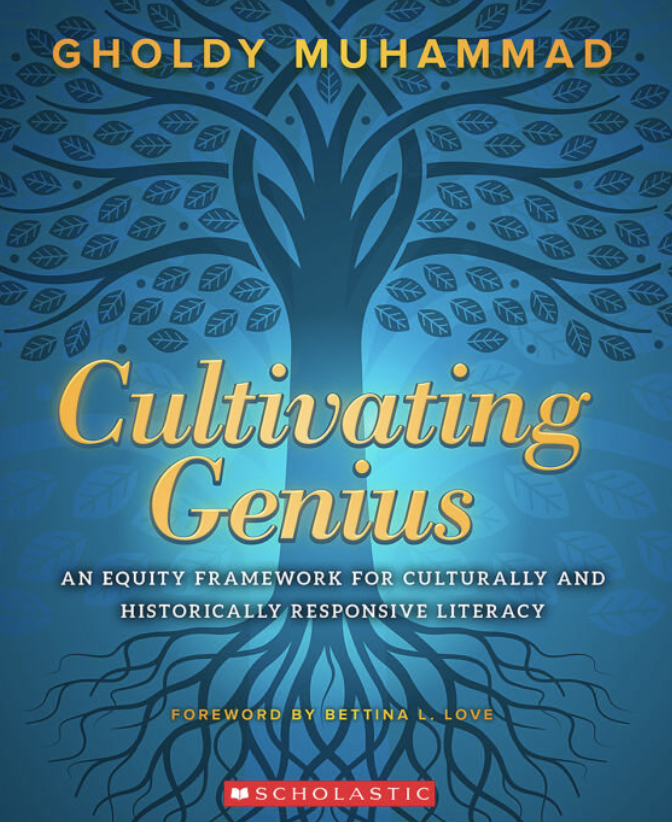
Cultivating Genius (2020) by Gholdy Muhammad
-

"Black Girls and School Discipline" (2019) by Annamma et al
-

Disability Visibility: First-Person Stories from the Twenty-First Century (2020) Ed. Alice Wong
